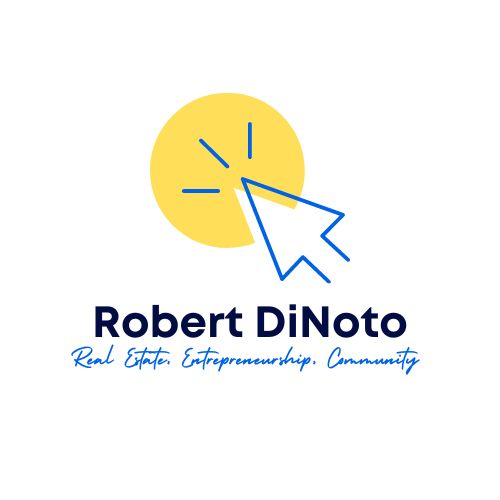In the world of real estate, few ventures are as thrilling — or as complex — as ground-up development. Whether it’s transforming an empty plot into a modern high-rise or building a master-planned residential community, ground-up development embodies a unique blend of vision, strategy, and grit.
The Allure of Building From Scratch
Unlike repositioning existing buildings, ground-up development offers the clean slate developers dream of. You control the layout, the materials, the sustainability factors, and even the community impact. But with that control comes significant responsibility.
Each project starts with site selection, where location, zoning laws, and community demand converge. Savvy developers know to evaluate not just current demographics, but long-term trends — like the growth of remote work or shifts in consumer behavior.
Financing the Vision
Financing ground-up developments is often the trickiest part. Most projects are capital-intensive, requiring a mix of debt and equity, often from multiple sources. Traditional bank loans, private equity, mezzanine debt, and even crowdfunding platforms can all play a role.
A solid pro forma is essential — projecting costs, timelines, and ROI down to the granular level. Lenders want assurance that your numbers are conservative and your timeline is realistic. Unexpected delays — from permitting to weather — can sink a project if not accounted for in your contingency.
Entitlements and Red Tape
Navigating the entitlement process is another high hurdle. You’ll need approvals from local municipalities for everything from environmental impact assessments to design review boards. Public engagement can make or break your project; savvy developers work to earn community support early on.
Design and Construction
Once approved, the focus shifts to execution. Managing contractors, adhering to building codes, and staying on budget are daily concerns. And with sustainability becoming non-negotiable, green building standards like LEED certification are influencing everything from insulation to energy systems.
The Endgame
The end goal? Lease-up or sale. Commercial developers may target anchor tenants or office users. Residential developers may aim to sell units individually or in bulk to institutional buyers. Either way, the project’s profitability hinges on how well you matched your concept to the market’s needs.
Final Thoughts
Ground-up development is not for the faint of heart. But for those with vision, persistence, and a strong team, it offers the chance to not just build wealth — but to literally shape the world around them.

